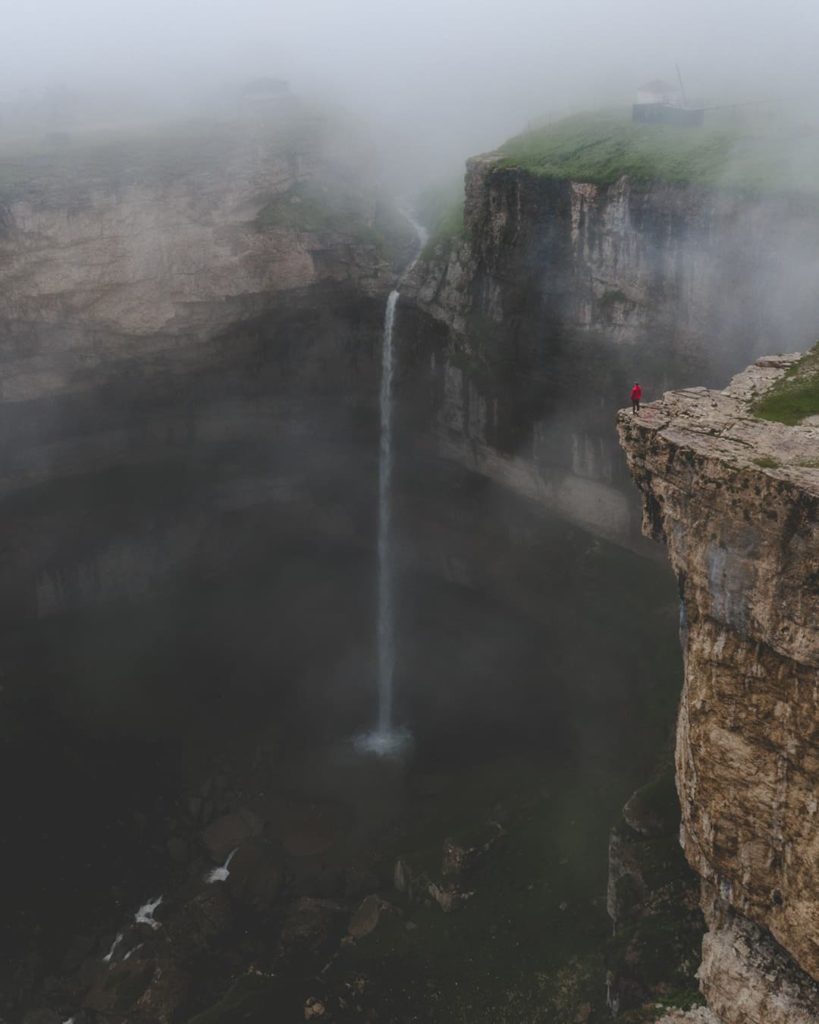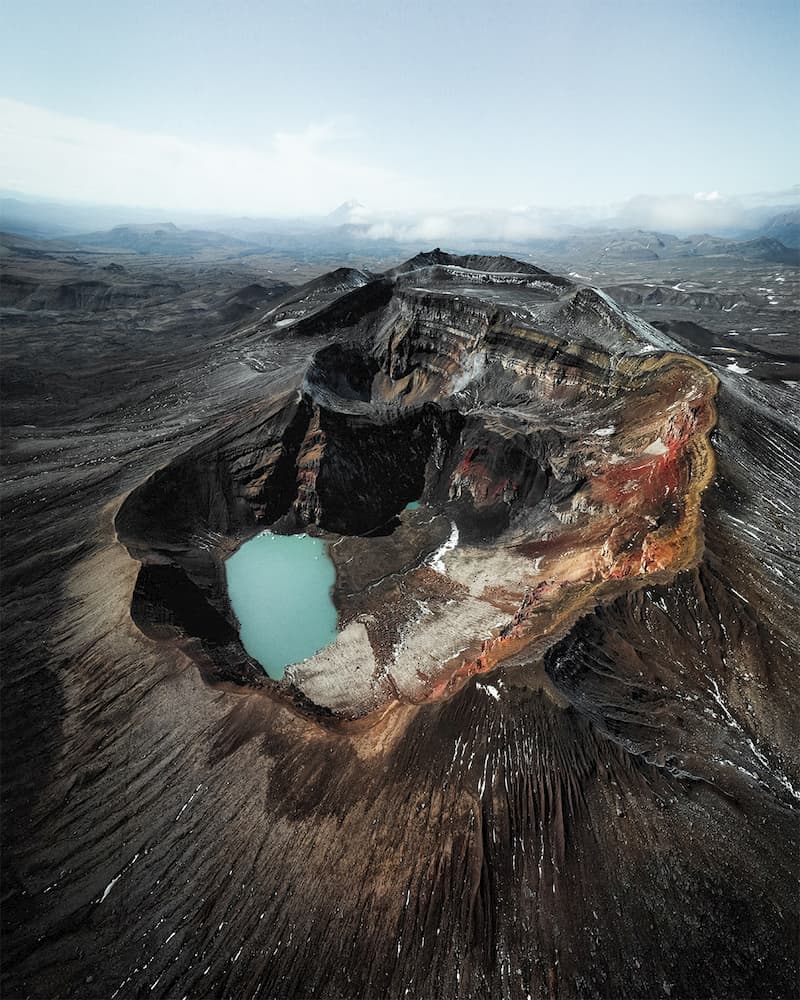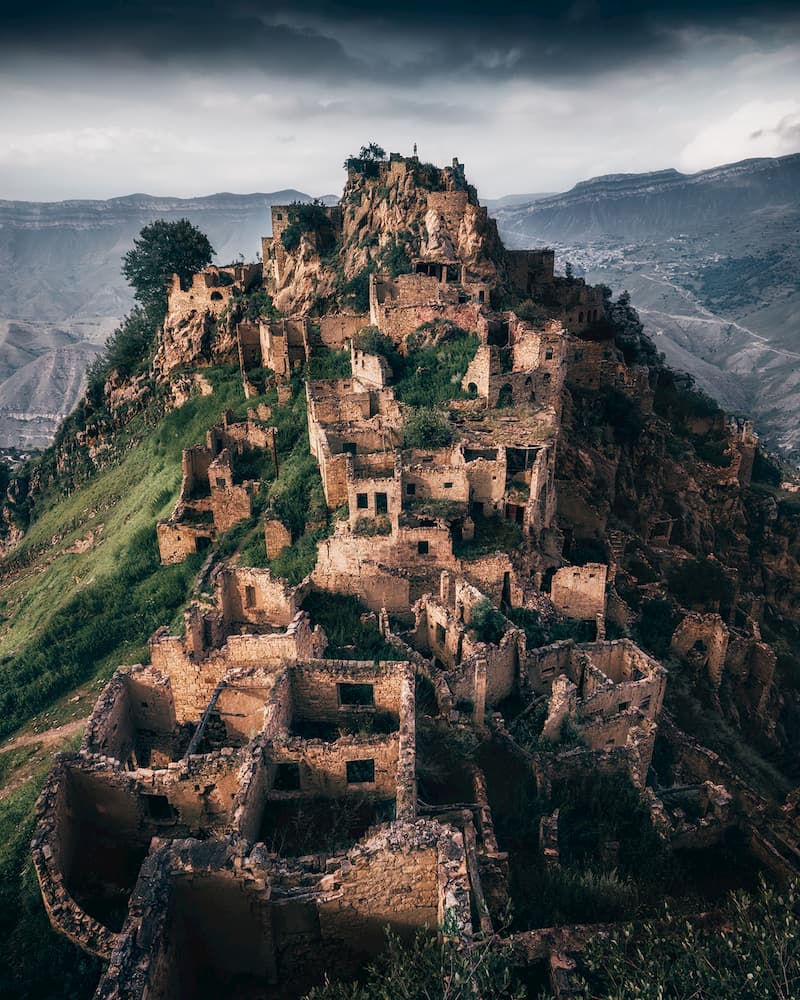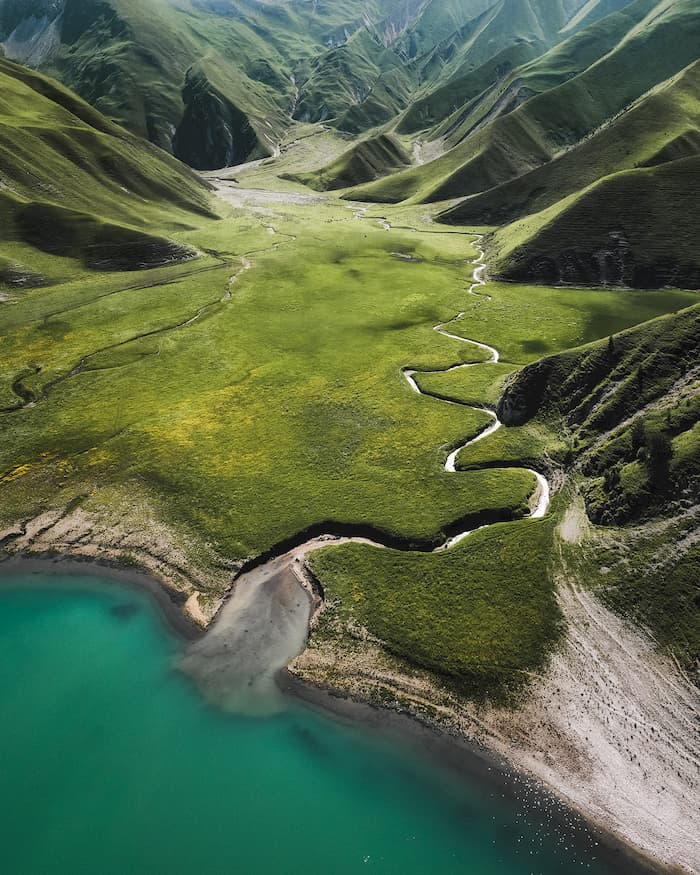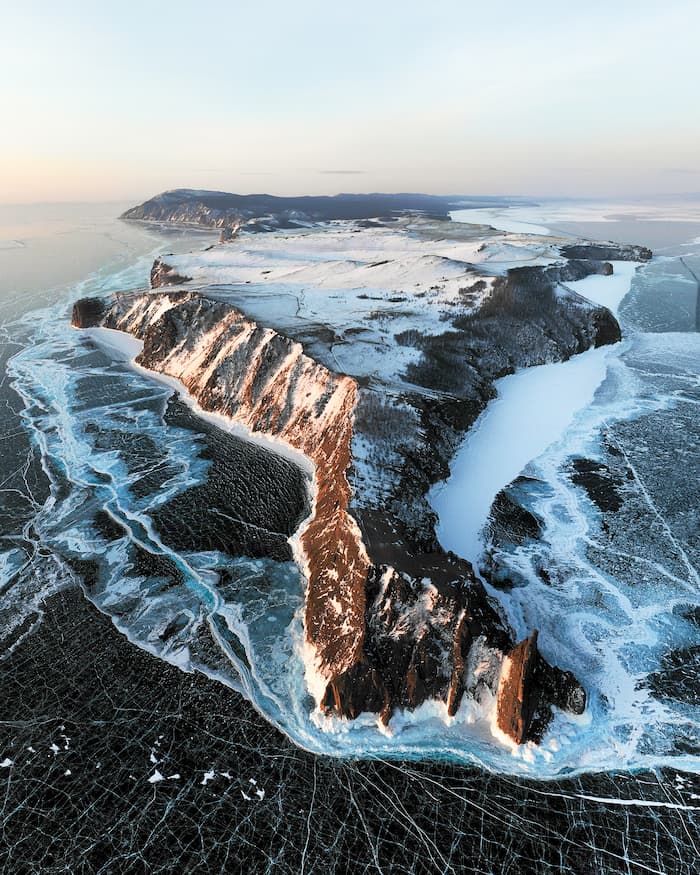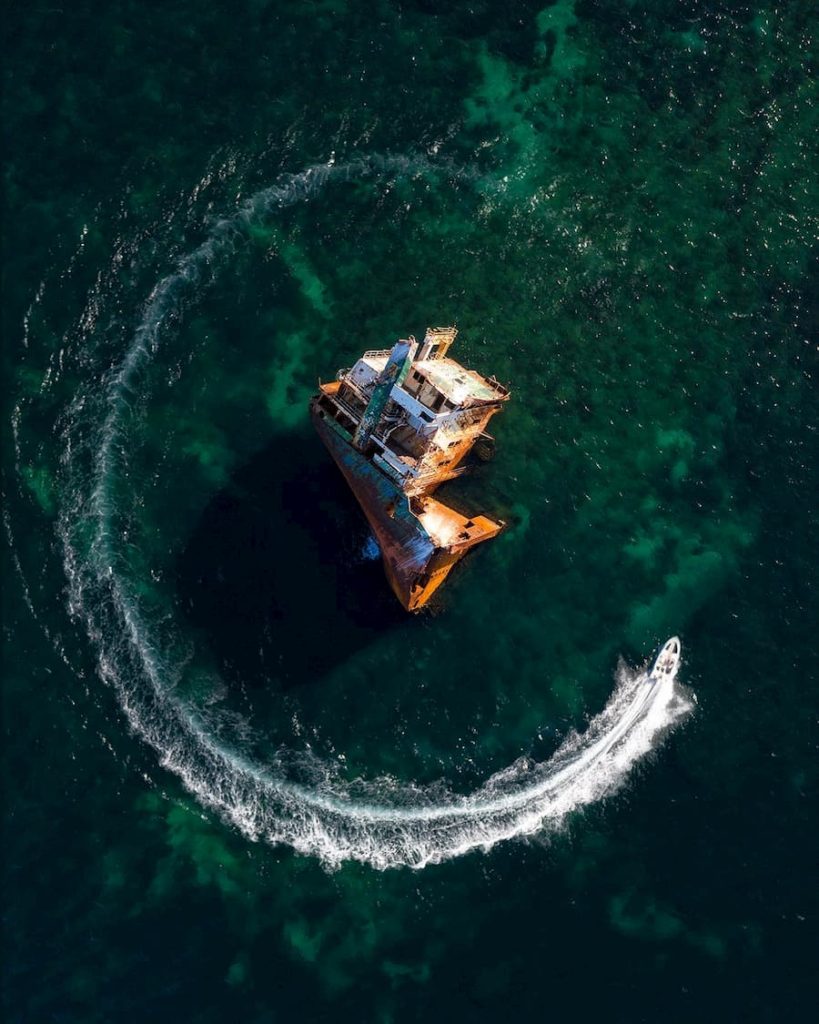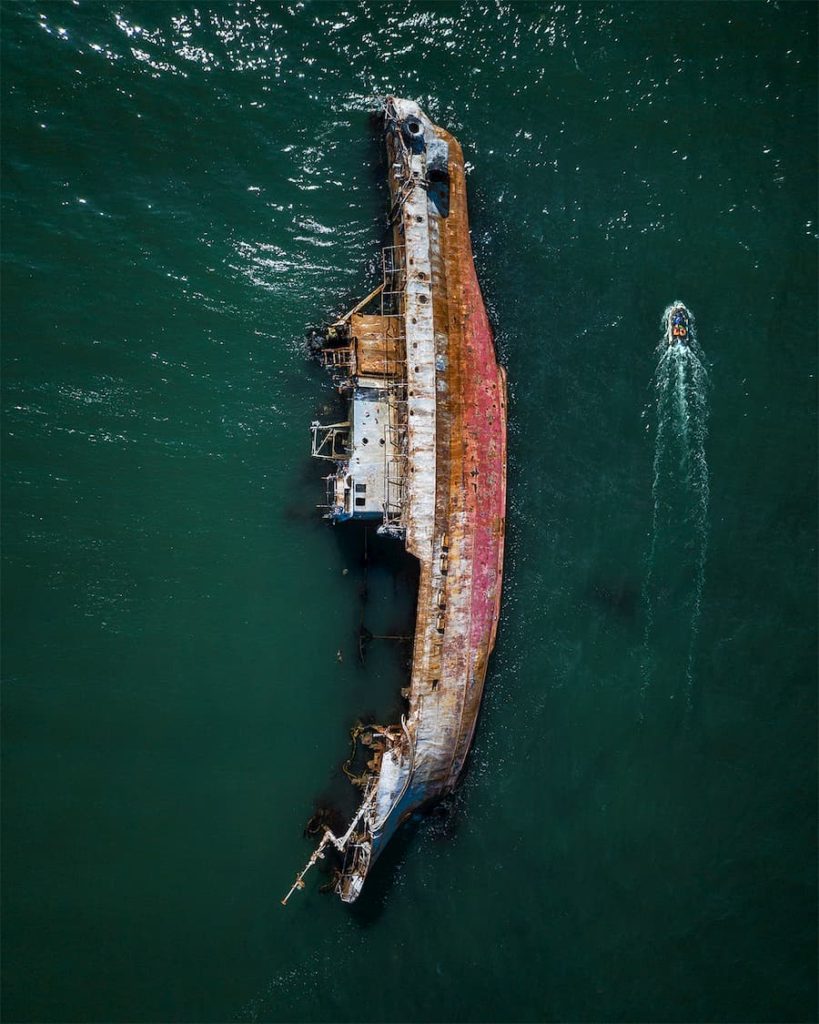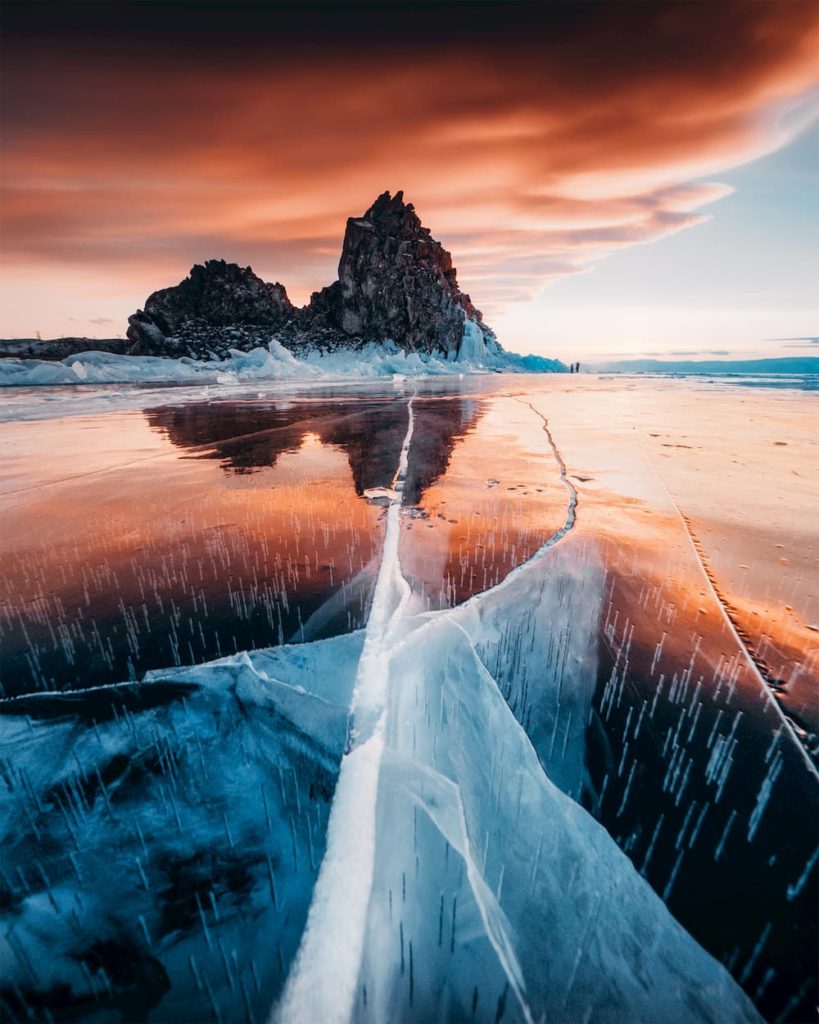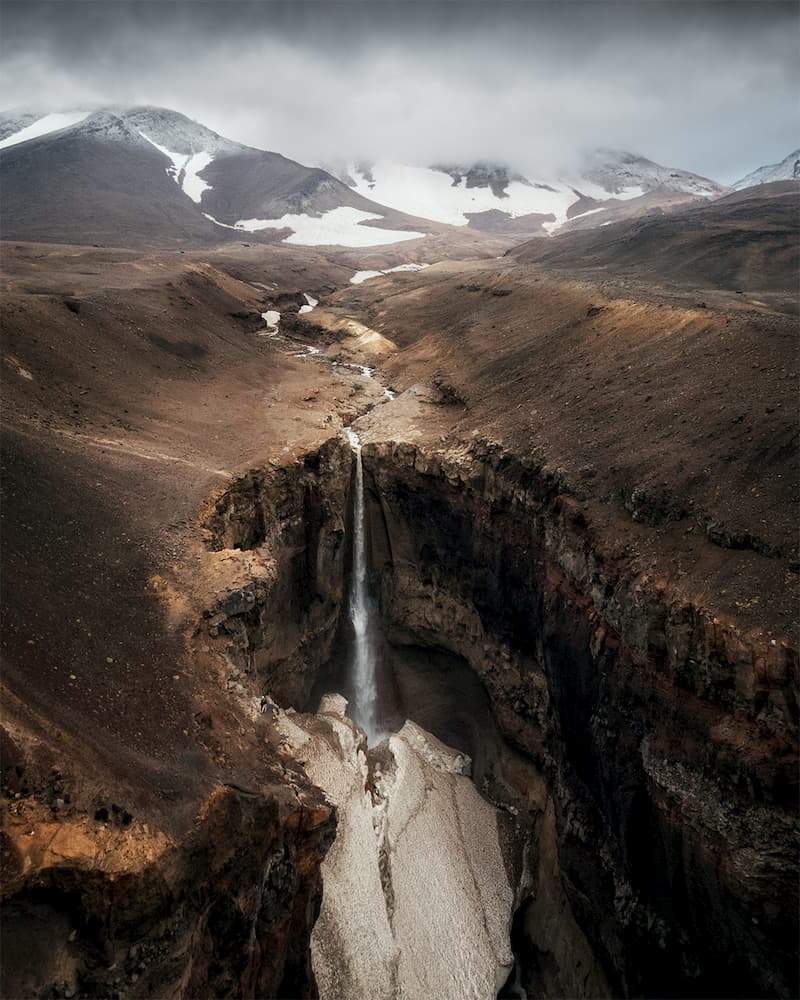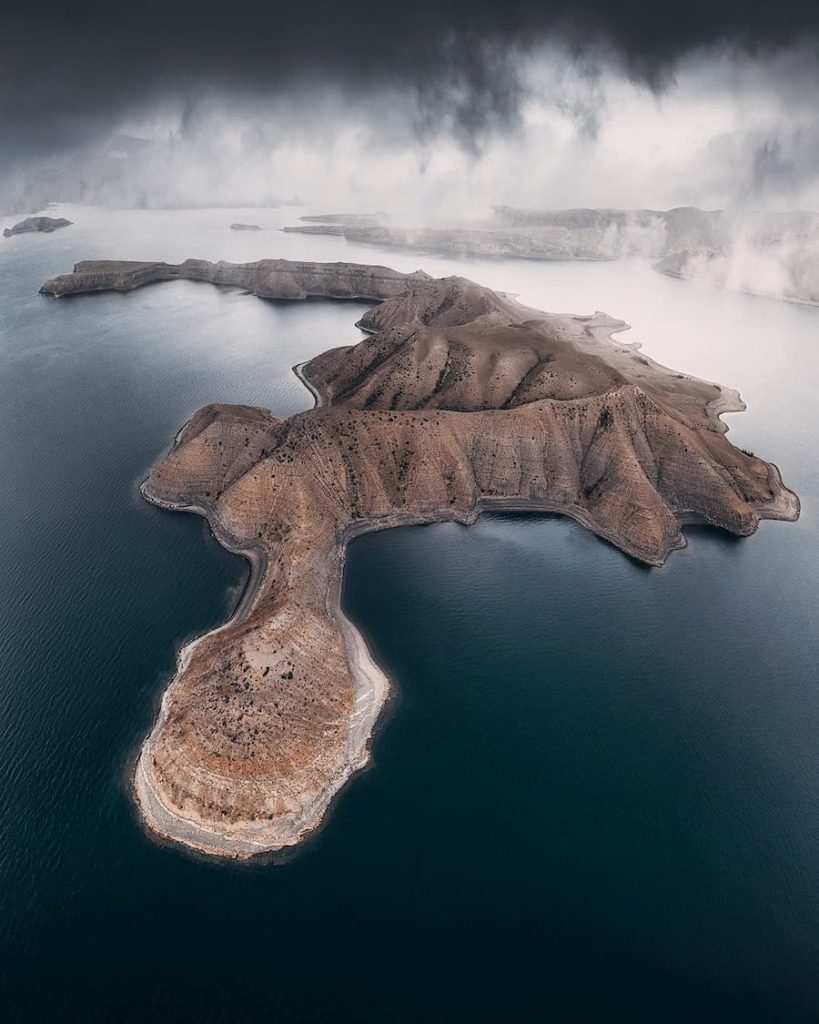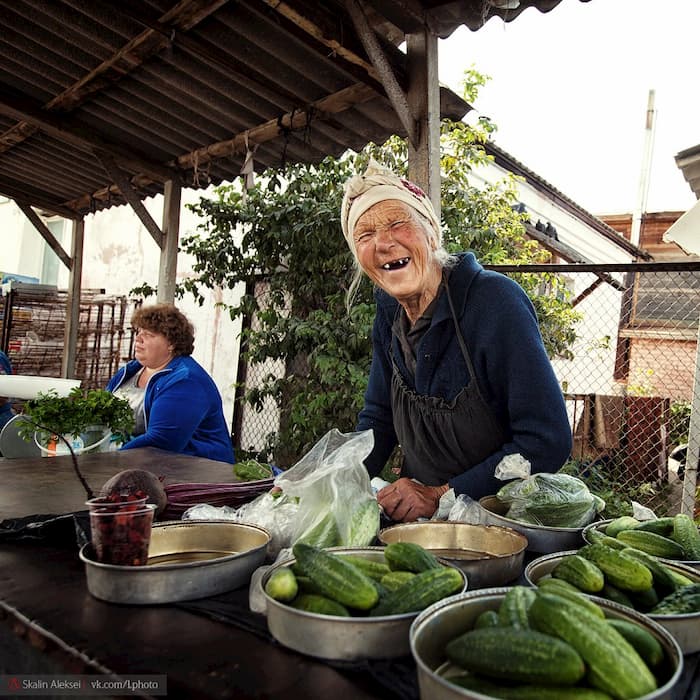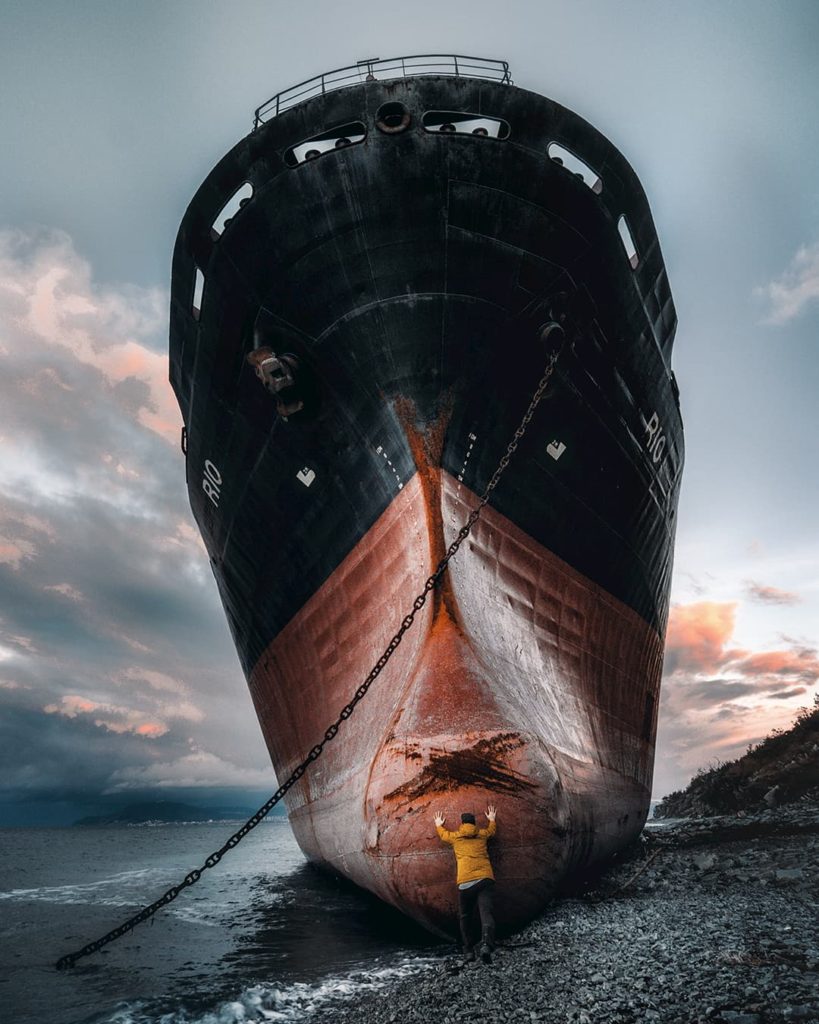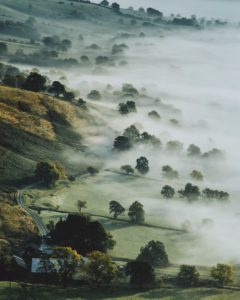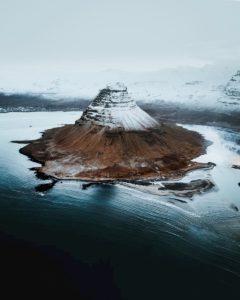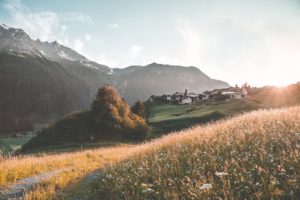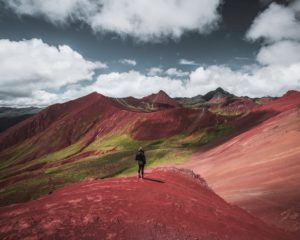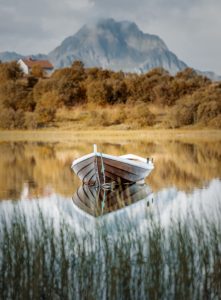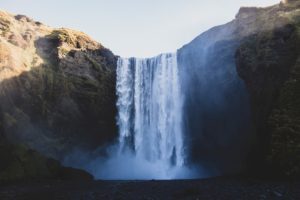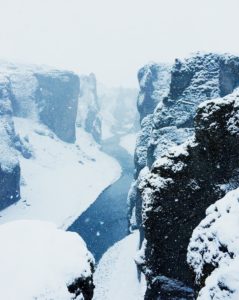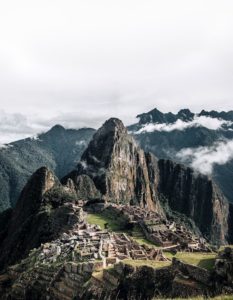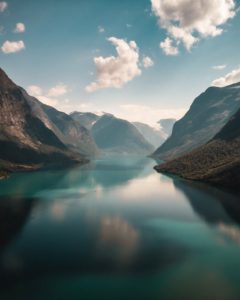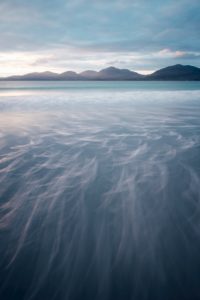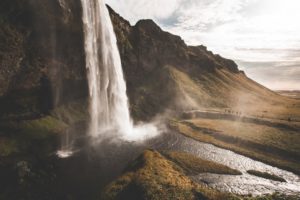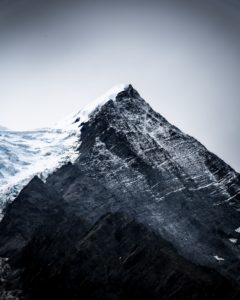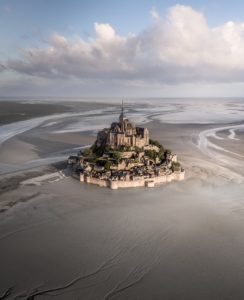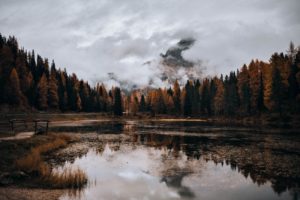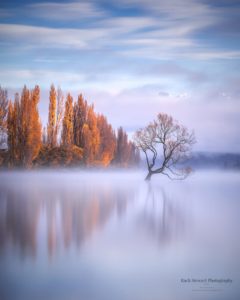
Alex Skalin
@alexskalin
Landscape photographer based in Russia
Introducing Alex Skalin
Alex approaches his passion with humor, calling himself the most all-thumb photographer in Russia. At the age of 28 he made a life changing decision to move from a big city to Sochi, a coastal city in the Caucasus mountain region which borders the north of Georgia. It was here that he found a path to move on with his photography, shifting his focus from cityscape to landscape. This turned Alex into a pioneer, venturing out to find the most hidden and hard-to-reach spots in nature, facing infrastructure weaknesses and investing lots of time, money and effort. Alex loves it, and he actually travels only around Russia by choice – he wants to feel his country deeply.
Connecting with a place is one of the most important factors in landscape photography for Alex, staying with nature one on one: “if your inner state does not resonate with a surrounding space, even perfect weather conditions do not guarantee the magic of photography to happen.” Alex says that there’s no mathematical formula that makes a great photograph, though when he enters in a state of flow, forgetting everything around, it all comes together.
Russia is huge, so location scouting takes up quite some of his time. The entire Far East (Kamchatka, Sakhalin, Kuriles) is where Alex found the most impressive places so far, but even in the most ‘uninteresting’ locations he finds interesting shapes: “Photography for me is about a simple composition, a rhyme you can read right away.” Then, after he gets the shot, he usually tries to give the same composition through video. Alex creates a complete story: a photo, a video, and a caption so he can make his readers smile and experience the same things by reading his travel diary.
Alex has come a long way from chasing trends and looking at others at the beginning of his career to staying true to himself and being proud of his uniqueness. The only way to find your own way is by listening to yourself, as he mentioned in one of his tips he shared with us.
To shoot with a cold mind and a warm heart was also an insightful tip. You can read more about that in the full interview!
Interview
Welcome Alex!
You are a content creator based in Russia, and your profile states “The most hands on photographer in Russia” – if Google translates correctly. Can you explain that? And how did your interest in photography develop in the first place?
No, it’s just the opposite! In Russia we say “his/her hands grow out of the wrong place”. It’s like saying I’m the most all-thumb photographer in Russia. I love self-mocking, and don’t understand people who take themselves too seriously. So my blog isn’t just about photography, but also humor.
I do often fail in some ways while shooting: from wrong settings to broken equipment. For example, I can spend several hours getting to a beautiful place, and find out I left all of my flash drives at home. Besides, I’m always late, but I got used to it and consider all of that my personal style.
As for my interest in photography, I was fond of fine arts as a child, but one day I realized I could make pictures just pressing a button. I started out with film photography and even worked a bit in a darkroom. With the development of Instagram the hobby turned into my lifestyle, and today I do photography every single day.
I don’t speak Russian, but if I am correct, you made a big decision a few years ago to leave behind your familiar life to move to Sochi. Nature seems to have played a big role here. How has this step influenced both your photography career and emotional well-being?
Yeah, that’s right. I used to live in the big city of Yaroslavl (not far from Moscow) until I was 28. But in 2014 Russia hosted the Olympics in Sochi, which I could not miss. There I was offered a job, and within 2 hours I made a decision to completely change my life. Before moving to the Caucasus, I mostly shot cityscapes and could only dream of mountains and the sea.
Unfortunately, it took pretty long to settle down in a new place, but after 3 years I began actively exploring the area around. I took the road to Dagestan, we call this region “the country of mountains”, and I totally fell in love with it. I shared some photos on Instagram, and got a great response, and that was the moment I found a path to move on.
Russia is a huge country, with lots of diversity in landscapes, challenging weather and hard to reach locations. And also, a country with not too many people dedicated to photography. What does it mean to be a photographer and traveler in Russia?
Being a photographer and traveler in Russia means facing some infrastructure weaknesses (roads, hotels, restaurants), spending a lot of time, effort and money to get to an interesting location. But it means nothing when you see those amazing places with your own eyes. The thing I really like about such an inaccessibility is feeling a pioneer and being alone with nature. When in hard-to-reach places, I can stay in a tent at night, moreover I have got a fully equipped sleeping place in my car.
Every year, the number of people passionate about photography increases significantly. But the best thing is that the number of people interested in the nature of Russia is growing even faster. And many locals are grateful to me for sharing pictures of their motherland.
What is the most valuable thing you have learnt through traveling?
I travel only around Russia now, and this is my personal choice. I want to feel my country deeply. The most valuable thing in traveling is people who are ready not only to help in a difficult situation, but also to share their homes and the last piece of bread with you. These are the most touching and enjoyable moments in travel for me. I used to love big cities and dream of living in Moscow. But today I wouldn’t mind living in a secluded house somewhere in the mountains… but still I couldn’t give up the Internet and Instagram 🙂
Creating great footage of a location doesn’t just depend on technique, weather or location, but very often also on your state of mind and the connection you personally feel with a certain place, with nature. How is that for you? How important is it for you to connect with nature and how do you engage in this?
I would say that creating great footage does not depend on technique at all, it depends a little on location and a bit more on the weather. But if your inner state does not resonate with a surrounding space, even perfect weather conditions do not guarantee the magic of photography to happen.
There are some places I always leave for the end of my travels, as a result I get exhausted and tired, and each time I can’t take any worthy pic there. It is also important to stay with nature one-on-one.
What is your approach when going out shooting? Do you always have a specific goal or not, how do you make sure to get the best shot and ultimately, when do you know that you got ‘the’ shot? What makes up a photo you are satisfied and enthusiastic about?
We’ve already established that I am not the most “hands-on”, but very spontaneous and chaotic 🙂 So I barely prepare for travel in advance.
The only thing I do is thoroughly look through Instagram before the trip using hashtags and geolocation and save interesting spots. But I do not line up precise routes on the map and have no explicit timing. Only after setting off I choose the first place and study the weather forecast. If I have to choose between two locations: 1km away with sunny weather and 1000 km away, but there is a chance to catch beautiful light or intricate clouds, I definitely choose the latter. That’s why there’s so much driving in my travels. But while relocating I can always run into something interesting and take a shot.
I can’t explain how I know I got ‘the’ shot. I enter the flow state during the shoot, and the outer world does not exist at that moment. I maniacally try to make the most of every location. Usually I do hundreds of takes where composition differs by a couple of millimeters or minor details. So when I look through the shots on my camera display, something inside just ‘flips’ at some point, and I get it. It’s magic for me every time. I guess it is a cocktail of experience, training, emotions and the state of nature. But this is definitely not a mathematical formula that can be decomposed into components.
Talking about locations, I bet that with many of your photos the majority wouldn’t guess that it was taken in Russia. What are some of the most surprising and impressive places you have been to in Russia? How do you find your locations and what are you looking for in a location? Also, I read something about you having a weakness for sunken ships… Can you tell me something about that?
Yes, this is one of the most popular comments indeed. Sometimes even people living near beautiful locations never see them and start following my steps on their journeys. The most impressive places are, probably, the entire Far East (Kamchatka, Sakhalin, Kuriles). There, I felt as if I were on another planet.
Besides sunken ships, I really love abandoned lighthouses. I just like it when nature slowly swallows up what’s man-made. I would say it is the moment when a person, with his ego and capabilities, gives up and loses from nature.
Nowadays you can track everything on Instagram, I am subscribed to some pages from various regions, where they post the locals’ photos. A couple of such non-professional pictures make me understand what I could shoot there. I am always looking for interesting shapes: winding rivers, beautiful mountain curves, shaped lakes, etc. Photography for me is about a simple composition, a rhyme you can read right away. I want the viewer’s eye, tired of everyday chaos, to feel peace and rest at least for a second.
When sharing something on Instagram, you almost always share a photo followed by a short video and an informative written caption about the location. What is your motivation to do that? What is your strategy in terms of content creation and sharing on social media?
Yes, I usually try to give the same composition through video. I think it reveals much more, and helps to understand what is going on, and the fact the picture was not photoshopped. It also develops my video skills. I’d love to make some big works about nature one day.
Russian audiences really like reading texts, it’s our peculiarity, and Instagram for us isn’t just about photographs, but also the author’s statements. I may tell how to get to a location, or some curious cases, or about the area in general, and all of these in the current context. My goal is to make my viewers smile and feel they are reading a good friend’s travel diary, experiencing the same things.
What mindset/attitude or most significant actions you feel have led you to where you are today?
At the beginning of my career, I was chasing trends, looking at others, trying to remake myself. But with age I realized that was worthless – you should be yourself and listen to yourself. If your arms “grow out of the wrong place” like me, you should be proud of it, you are unique.
Probably, the most important thing is obstinacy. I showed my portfolio to many masters of Russian photography lots of times, and they saw nothing special, relying on their classical experience – I call it old school photography. But I always tried to convey not only compositional techniques, but also the mood. 10 years ago I already shot mostly vertical photos, even though everyone discouraged me from doing that, cause they “didn’t fit” for printing books and making exhibitions. But then smartphones appeared, and the world changed and began to consume content vertically. Of course, you should listen to advice, but still go your own way.
Nowadays we see so many young talented artists pursuing a career as a full time travel/landscape photographer. What four pieces of advice would you give them?
– Try to make shots every day and see the frames even without a camera in hand, just mentally building a composition.
– Watch other’s photos and try to repeat their plots, techniques, color, composition. Then move from direct copying to rethinking.
– Let your emotions go. Learn to shoot with a cold head and a warm heart. Emotions should appear only after pressing the button. If you are enjoying the moment, then you have already missed it.
– Find your own way. Listen to yourself and try to understand what you really like (the genre), not just in trend. (The hardest thing, I guess)
P.S. Forget all these tips and go your own way!
Among all the content you have created, what is the photo that you hold most dear to your heart and represents one of your most beautiful memories? What is the story behind? And if you don’t have one specifically because they are all special to you… what photo comes to mind first when I ask you what photo you are most proud of has been the most remarkable for you? Why so?
I think the dearest photo is always the last one, which even hasn’t gone through processing yet and is still on the flash drive. It is hard to pick up the one, perhaps I am still on my way to my best picture. But the picture that comes to mind first is not even a landscape, but a street photo. I called it “Cukes”. It is unusual for me to take pictures of people, but if I do, I get really interesting shots, dear to my heart. So, “Cukes” is about an old lady from a little Russian town who sells cucumbers from her own garden at the market, but despite her difficult life stays positive. It seems to me that she represents the majority of Russian population. And she looks like a character from Russian fairy tales, which only enhances this effect.
Would you like content like this sent to your inbox?
